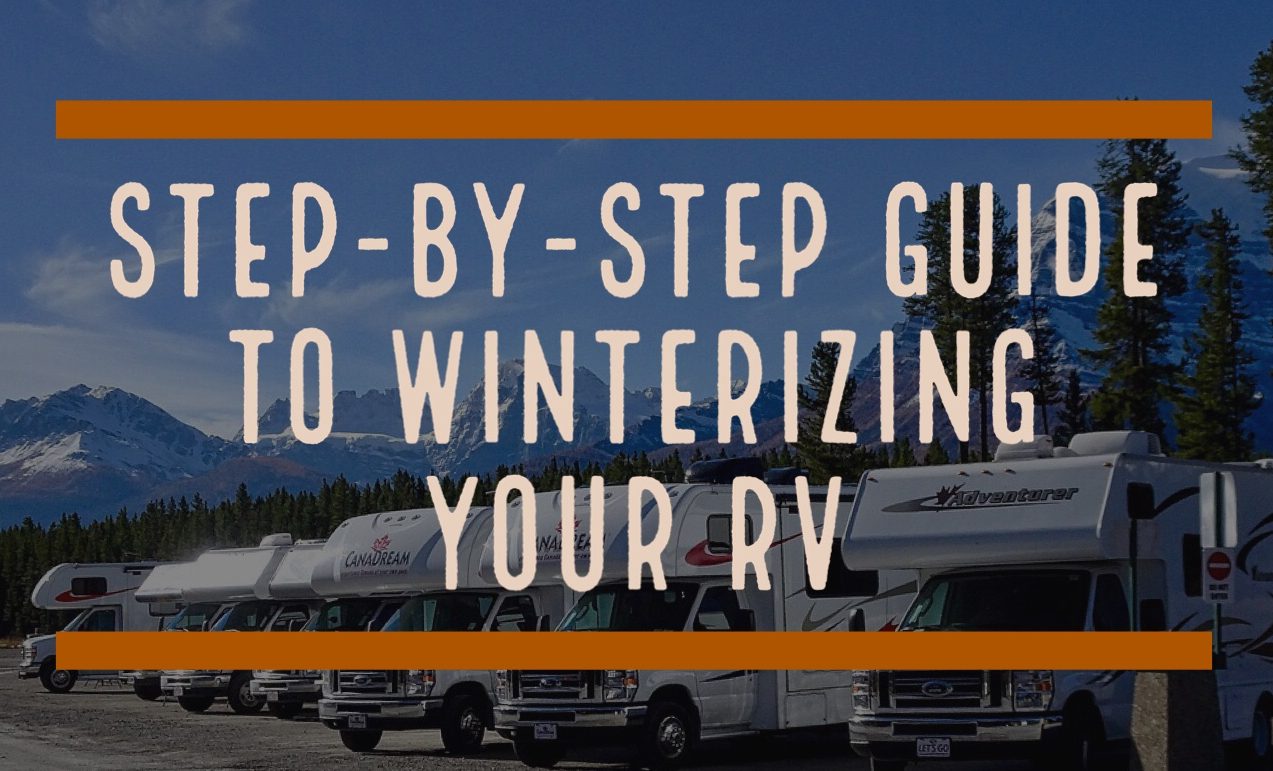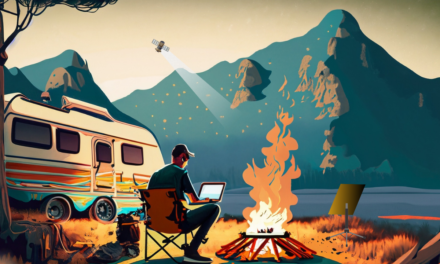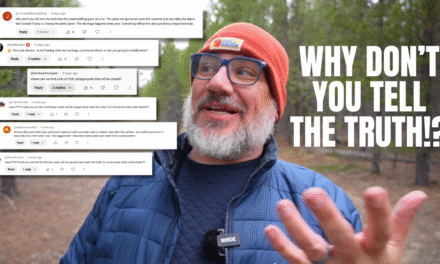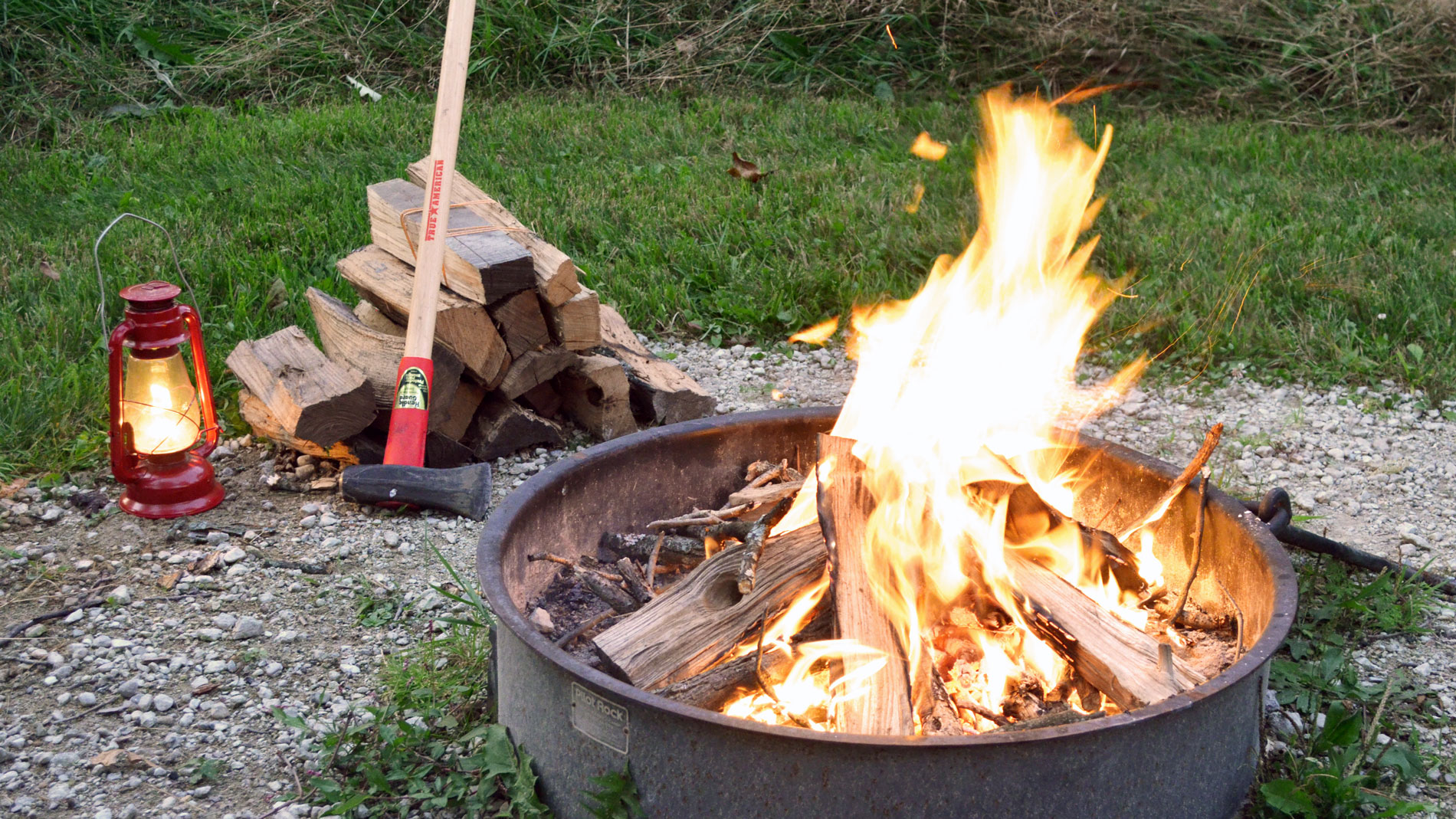For many, the cooler temperatures of fall and winter signal an end to the RV/camping season, and that means it is time to winterize.
When an RV is going to be stationary through the long cold winter it is important that steps be taken to ensure it is fully protected from freezing temperatures. Proper storage can also save you from costly repair bills due to winter damage and keep your RV in tip-top shape and ready to hit the open road in the spring.
Below are suggestions for properly winterizing your RV along with a check-list of items you’ll need prior to starting the process. As with any RV project, make sure to consult your owners manual for any specific needs unique to your rig. You can also check out Episode 20 of the RV Miles Podcast to hear hosts Jason and Abby discuss winterizing.
What you’ll need (Most items can be found at a retailer like Wal-Mart, or an RV parts store)
- RV antifreeze – the pink, non-toxic stuff. You’ll probably need somewhere between two and four gallons depending on the size of your plumbing system and the size of your rig. For example, a 2-bathroom RV will need more than 1-bathroom RV. RV antifreeze will freeze, it just doesn’t expand. So don’t be concerned if you see a frozen solid jug sitting outside at a gas station.
- A water heater by-pass (if not already installed). Most of the time, this is already part of your plumbing system, so check. It’s a set of valves and tubes that keep the antifreeze from going into the water heater, passing around it instead.
- A water pump converter kit, or tubing to connect to the water pump.
Winterizing Your RV Step-by-Step:
- Disconnect from the city water and drain your tanks, including the fresh water tank. Perform a flush of the gray and black holding tanks.
- When the water heater is completely cool, open its pressure relief valve and remove the drain plug.
- If you have any water filters in your unit, remove and bypass them. You can use the same type of water heater bypass kit to do this if you need to, or your filter system may already have a bypass. The bypass keeps the antifreeze from running through your filter.
- Open all water source supplies – faucets, toilet flush, shower – including outdoor kitchens and showers. This will keep a vacuum from forming.
- Open the low point drain lines. These should be somewhere underneath your unit, usually one blue and one red (for the hot and cold water lines). This drains most of the water out of your plumbing. You can use the water pump for an assist or use an attachment for an air compressor that allows you to hook to the city water inlet and force all the remaining water out with air (do not exceed 40psi).
- Once the system has been run dry, close everything back up.
- By-pass the water heater. This usually involves turning two valves, located at the inlet and outlet of your water heater. If you don’t have a bypass kit, install one. It’ll cost you less than the 6 gallons of antifreeze you’ll waste.
- Now it’s time to pump in the antifreeze. You use the water pump to force it through the system. Install a water pump converter kit, which allows you to connect directly to a bottle of antifreeze and pump it in. Alternatively, disconnect the inlet side of the water pump, and attach a piece of tubing. Put the other end into a container of RV antifreeze. Another option is to pump the antifreeze in from the outside with a hand pump.
- Turn the water pump on and slowly open the hot valves and then cold valves, one at a time, all around the RV until antifreeze appears. Start from the highest faucet in the system and working to the lowest. Don’t forget the toilet and outdoor shower/faucets. When you run out of antifreeze, use another bottle.
- Turn the water pump off.
- Pour about a pint of antifreeze down each drain, making sure again not to forget the outdoor kitchen and the toilet. Your ice maker and washing machine, or other devices that use water will also need to be winterized. You should be able to find instructions in the appliance manual.
- Remove all food
- Open refrigerator and freezer doors to avoid potential mold or smell
- Remove your batteries, both vehicle (if a motorhome) and house batteries, and place on a trickle charger.
- If you are concerned about mice, consider setting out traps, however, it is important that you remember to periodically check your RV to ensure proper disposal.
- If using a cover apply when RV and weather conditions are dry. Do not install if there is the possibility of moisture developing between the cover and your RV.
Your RV is now Winterized and you are free to start dreaming about the next camping season.








